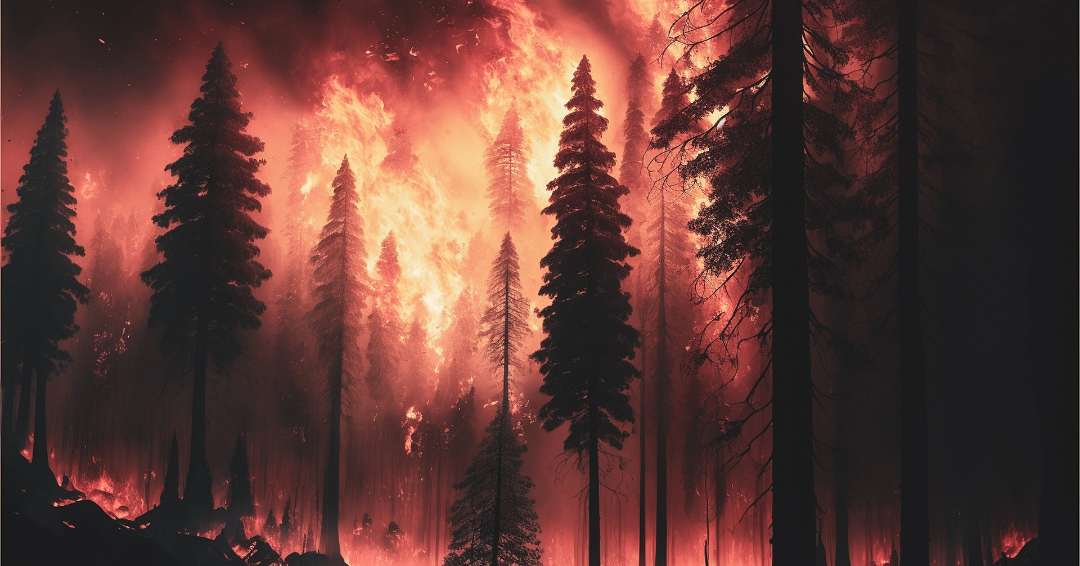Southern California looked vastly different for most of the last 2.5 million years, with juniper and oak trees, open range, and diverse wildlife. Fossil evidence from the La Brea tar reveals creatures like saber-toothed cats, American lions, and dire wolves hunting mammoths and other herbivores. Humans likely arrived in the area around 21,000 to 16,000 years ago, likely via coastal routes.
For several thousand more years after human arrival, the pollen and fossil records show little change, with abundant mammals. Then, between 10,000 and 13,000 years ago, there was a significant shift. Lush forests turned into scrubby brushlands and desert, and many large mammals vanished. This occurred across North America as the Pleistocene ice ages transitioned to the warmer Holocene. Roughly 80% of megafauna went extinct during this time, a mystery that scientists have been exploring for decades.
Some researchers attribute the extinction of large mammals to global climate shifts. The Bølling-Allerød warming period around 14,000 years ago marked the start of the last glaciation's decline, causing temperature spikes and drying ponds for about 1800 years. After a cold spell called the Younger Dryas, the climate warmed around 10,000 years ago. This fluctuating climate disrupted ecosystems and is thought to have driven large mammals to extinction.
Another theory points to the arrival of humans in North America armed with stone weapons. These humans potentially overhunted large herbivores, leading to the demise of both prey and predators, according to the overkill hypothesis.
Paleobotanists analyzed pollen grains from a well-dated core sample from Lake Elsinore, 100 km southeast of La Brea. The pollen mix remained stable until 13,600 years ago. However, from 13,200 to 12,900 years ago, there was a sharp decline in oak and juniper pollen, while pine, grass, and chaparral plant pollen increased. It is believed that fires were responsible for the changes in pollen, as the plants that flourished afterward were adapted to fire and commonly grew in fire-prone regions.
Moreover, Lisa Martinez, a Ph.D. student at UC Los Angeles discovered that around 13,200 years ago, there was a significant increase in charcoal accumulation, showing a 30-fold jump, which lasted for about 400 years. This indicates a period of widespread wildfires that likely destroyed extensive woodlands.
As for human activity, there's limited information on how early Americans used fire 13,000 years ago, and if they used it to manage ecosystems. Ancient Southern Californians might have coexisted with megafauna for a while. However, there was a shift. Past models suggest a population surge between 15,000 and 13,000 years ago, potentially coinciding with the Bølling-Allerød warming and a hotter, drier climate. The researchers propose that the climate change increased the likelihood of human-caused fires getting out of control. The resulting burning transformed the landscape from woodlands to chaparral, leading to the extinction of most of the area's megafauna by 13,000 years ago.
Huw Groucutt from the Max Planck Institute of Geoanthropology supports a combination hypothesis. In a 2021 paper, he speculated that humans might have indirectly played a role in the extinction of North American megafauna, potentially through intensive hunting in ecosystems already weakened by climate change.
The historical evidence serves as a warning for present-day inhabitants of fire-prone areas like Southern California. Similar conditions that triggered a shift in the past, including a warming climate and growing human population, are happening again today.
Source: Science.org

